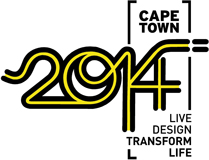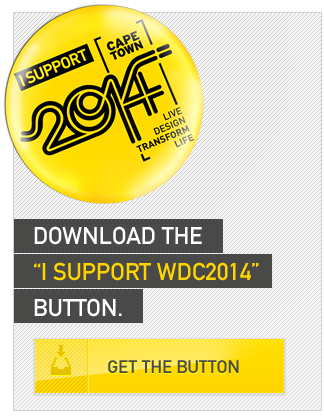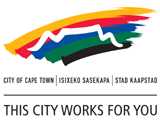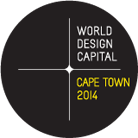Below is the introductory chapter of the 465 page Bid Book which was submitted to the International Council of Societies of Industrial Design (Icsid) by the City of Cape Town at the end of March 2011. What you will experience is unpacking the Bid Book from its travel box followed by peeling back the layers of the front cover which leads you to the Introduction of Cape Town’s bid (the map on the side is an orientation map which enables readers to see where projects are situated and how they are connected across the greater Cape Town area).
- Published on 02 May 2011
The Bid Book
The Introduction motivates why Cape Town should be World Design Capital 2014 by highlighting where we’ve come from pre and post Democracy in 1994; where we are today and where we are going, 2014 and beyond. It explains the story of how we’re using design to Rebuild Cape Town through community cohesion; Reconnect Cape Town through infrastructural enhancement, and Reposition Cape Town in the knowledge economy.
Enjoy…
REBUILDING COMMUNITIES: CASE STUDY 1
How does a city like Cape Town, once torn apart by the legacies of colonialism and apartheid, and still in the relative infancy of a new democracy, approach its vastly different peoples with a view to inclusivity, reconnection and creating a city for all? First and foremost, it must rebuild its communities. This case study looks at three examples of how rebuilding is taking place in low-income communities in particular, and how we are using design to alleviate the problems around social housing.
RECONNECTING INFRASTRUCTURE: CASE STUDY 2
Apartheid not only caused ideological disconnects in the City of Cape Town, it also disconnected entire communities in terms of the supply of infrastructure and services, and in turn disconnected them from employment opportunities and other resources. In the second of our case study sections, we outline three projects that illustrate just how the “reconnection” is starting to take place – reconnecting people to the places they must have access to in order to experience economic opportunities and quality of life.
REPOSITIONING FOR THE FUTURE: CASE STUDY 3
Sustainability, densification and the knowledge economy are all key phrases in Cape Town’s plans for the future, not only in terms of developing its local skills base and economy, but also in terms of becoming a significant contributor to and player in the international landscape. Part of the City of Cape Town’s vision is to become “… one of the greatest cities in the world to live, work, invest and discover.” This final case study considers diverse ways people are starting to realise this vision – from innovative technologies developed in Cape Town and a design showcase to rival the best in the world, to the development of a model for a sustainable future.
Request an abridged version of the entire Bid Book in PDF format, email: .
Make sure you show Cape Town your support by becoming a ensuring you get the latest updates, by downloading the “I Support…” button and by blogging for us.
THE CREATIVE CAPE TOWN ANNUAL 2010
The Annual was launched in September 2010 and is dedicated to Cape Town's bid for World Design Capital 2014.





